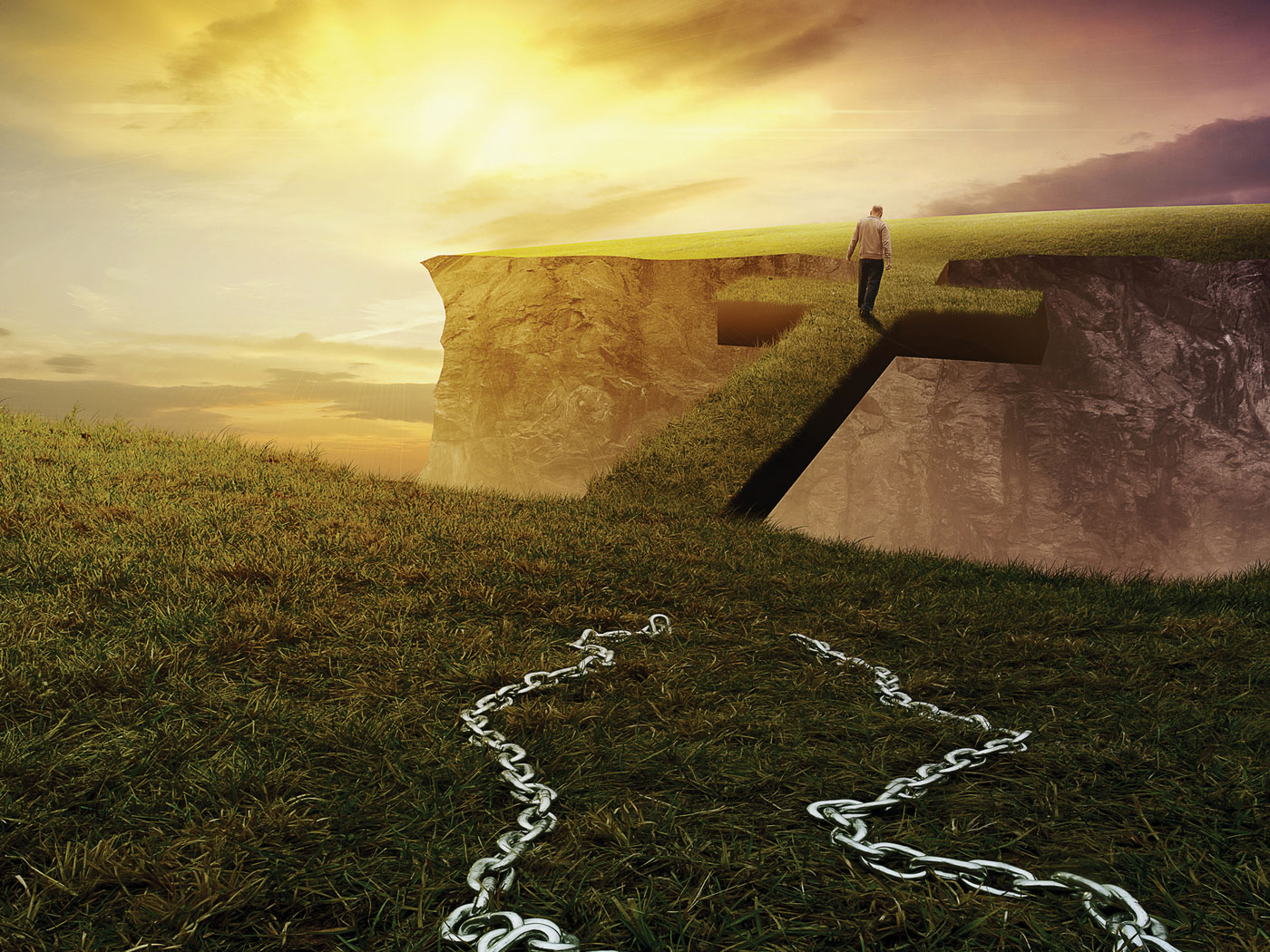Many people react with revulsion when a dog licks their face—especially babies. Such a reaction is justifiable based on the unsanitary habits of Rover. However, recent research supports the idea that babies actually benefit from living with dogs.
It now seems that a ‘dirty’ environment can enrich a baby’s microbiome and lessen her or his likelihood of developing everything from obesity to asthma. Again, it seems that we can rely on man’s best friend to help us out.1
This is part of what has been called the “hygiene hypothesis.”
The theory is based on the premise that exposure to pathogens early in life is actually beneficial to the education and development of the human immune system and that the sanitary conditions in “westernized” countries ironically hamper our natural immunity.2
These authors approach human-microbe relationships from an evolutionary “survival of the fittest” worldview where life develops through a long progression of deadly struggles. The host-microbe relationship is regularly portrayed in warlike terms, which explains why puppy microbes are labeled “pathogens” even though they do not cause disease. The system that links the infant to the beneficial microbes is also labeled an “immune” system which conveys a defensive concept rather than functioning as the comprehensive regulatory interface it actually is.
But if the infant and microbes were actually created to work closely together for mutual benefit, then what better way to educate the developing interface system of a child than exposing him to what’s on Fido’s fur and whatever the drooling pup tracks in. As weeks progress, infants pick up more and more microbes from family members and household pets. The microbiome—the ecological community of symbiotic and commensal organisms—in the GI tract, as well as other niches of the body, start to mature and specialize.
ICR scientists have been addressing the created microbiome3 and the associated microbe interface system, commonly known as the “immune” system.4 Our research views the dynamic microbiome made up of creatures designed to work in harmonious relationships with other organisms, monitored and regulated not by a defensive “immune” system, but by a well-designed microbe interface system. This article states, “It’s known that the immune system develops alongside the gut microbiome….”5 The interface system’s sophisticated regulation of our microbiome allows us to appreciate God’s design when we see the systems of two independent entities work together in a seamless operation.
Unfortunately, evolution (i.e., co-evolution) is mentioned in the Nature article—in regard to livestock and people—where there is no need. “Co-evolution” is simply an ad-hoc concept to explain why two independent entities can work closely with each other—which is usually claimed to result from an “evolutionary arms race.” However, two independent entities cannot work together without some sort of interface system connecting them. When one reads the “co-evolution” explanation, that’s a clue to start looking for two sophisticated interface systems—one for each of the entities.
Therefore, it can just as easily be said that after the Flood approximately 4,700 years ago, man, domesticated animals, and livestock lived in close proximity, affecting the designed human microbiome. The “delicate evolutionary balance” can be better seen and explained simply as a delicate microbial regulation which most likely is not to protect us from disease. Evolution has nothing to do with this stability—it was masterfully designed from the start.
References
- Gupta, S. 2017. Puppy Power. Nature. 543 (7647): S48-S49.
- Meade-Kelly, V. 2016. What our gut tells us about the ‘hygiene hypothesis.’ Posted on medicalxpress.com April 29, 2016, accessed April 18, 2017.
- Sherwin, F. 2016. Applying Design Analysis to Microbiome Research. Acts & Facts. 45 (2): 16.
- Guliuzza, R. and F. Sherwin. 2015. Does Our Immune System Indicate Disease Before the Fall? Acts & Facts. 44 (1): 17.
- Gupta, S48.
*Mr. Sherwin is Research Associate, Senior Lecturer, and Science Writer at the Institute for Creation Research.
Article posted on May 1, 2017.





















